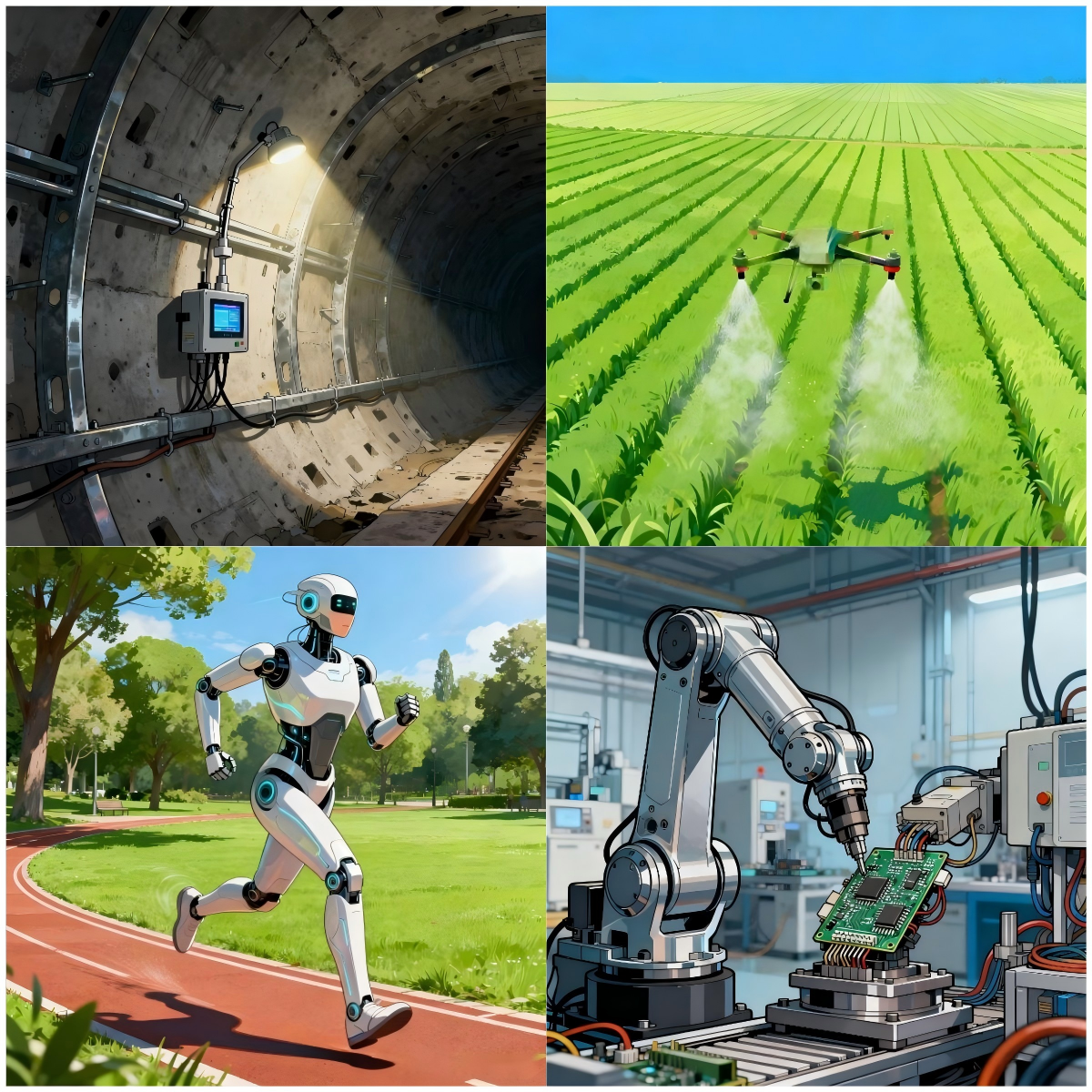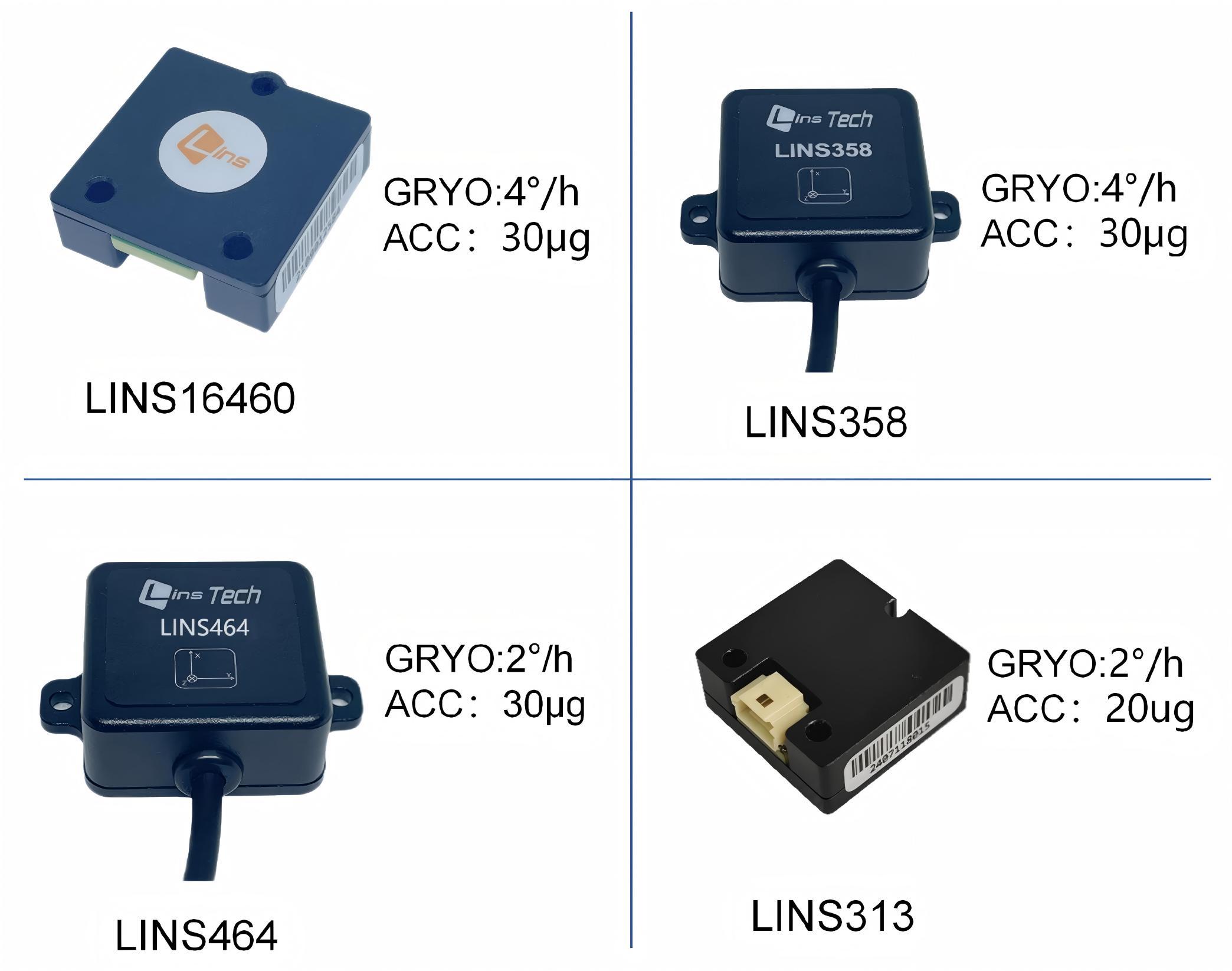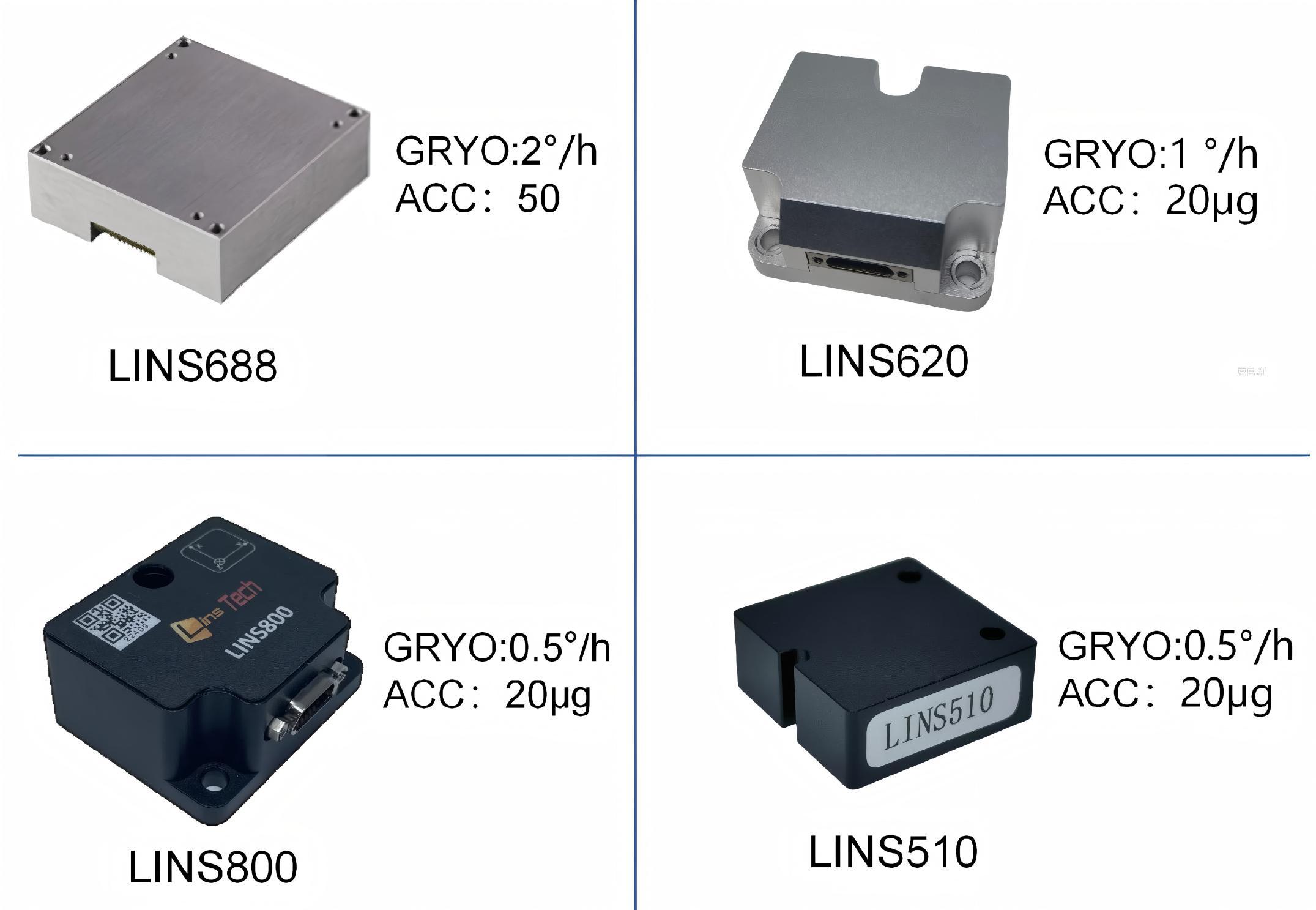Precision Boundaries: A Practical Guide to High-Precision MEMS Inertial Devices Across Different Applications
Introduction: Precision grading unlocks the application scenarios of MEMS inertial devices
High-precision MEMS inertial devices are not a one-size-fits-all solution, as their accuracy variations directly determine the boundaries of their application scenarios. From industrial-grade to tactical-grade, each tier leverages unique precision advantages to fulfill specific roles in high-end fields. Today, we'll use' precision' as a benchmark to analyze the application landscapes of different MEMS inertial devices, exploring how accuracy differences impact the performance of specialized equipment.
1. First Understand: Classification Criteria for High-Precision MEMS Inertial Devices
Currently, the industry typically categorizes high-precision MEMS inertial devices into two core types based on gyroscope zero-bias stability (a key metric for device accuracy) and accelerometer zero-bias stability (consumer-grade devices are excluded here). The conventional accuracy parameters are as follows:
- Industrial grade: Gyroscope zero bias stability is 0.5°/h-5°/h, accelerometer zero bias stability is 10μg-50μg, with basic anti-interference capability, suitable for industrial automation, conventional precision measurement and other scenarios;
- Tactical level: Gyroscope zero bias stability is 0.05°/h-0.5°/h, accelerometer zero bias stability is adjusted to 1μg-10μg, can maintain high stability in complex and extreme environments, mainly used in advanced industry, military, high-end medical and other scenarios.
2. Scenario Matching: Precise Division of Labor for Devices at Different Levels
(1) Industrial grade: medium and high precision to support industrial basic needs
Industrial-grade MEMS inertial devices, with their core advantage of "practical accuracy and cost balance", serve as "critical sensing" components in industrial production and conventional engineering measurements. Inadequate accuracy can directly impact production efficiency or engineering safety.
- Industrial robots: The robotic arm is equipped with industrial-grade MEMS inertial devices, with the end positioning accuracy reaching ±0.3mm. It can complete small and medium-sized electronic component assembly and simple mechanical processing tasks. If the accuracy is further reduced, the error will exceed ±0.8mm, resulting in component assembly misalignment.
- Humanoid robot: During the movement of the robot, the body posture accuracy is required to be 0.1 degree, so as to complete the complex movements in a stable and safe manner. If the posture error is too large, the movement will be uncoordinated and continuous, and even the risk of falling.
3. Tunnel construction monitoring: The inclination monitoring equipment for tunnel support structures employs industrial-grade inertial modules, achieving real-time monitoring accuracy of 0.01°. When the inclination exceeds 0.02°, it triggers immediate alarms to prevent collapse risks. However, if the accuracy decreases, the monitoring error may exceed 0.08°, making it difficult to detect potential hazards in a timely manner.
4. Agricultural machinery: Plant protection drones equipped with industrial-grade MEMS inertial devices (achieving 0.1° precision in flight attitude control) enable 'basically constant altitude and speed' spraying, improving pesticide uniformity by 15%. Insufficient precision leads to 'minor vertical fluctuations,' resulting in over 40% spraying waste.


(2) Tactical level: High stability for high-end scenarios
Tactical MEMS inertial devices, serving as the precision core in industrial and high-end applications, maintain stable performance in environments without satellite signals and extreme temperature and humidity conditions. They are primarily used in scenarios requiring stringent accuracy and stability.
- Advanced autonomous driving: L4 autonomous vehicles equipped with tactical MEMS inertial devices ensure position accuracy within 0.8 meters (X/Y axes) within 60 seconds in satellite-lock scenarios such as tunnels and high-rise dense areas, guaranteeing vehicle lane compliance.
- Military field: The UAV reconnaissance system adopts tactical inertial devices. When flying at medium and high altitude, the attitude control accuracy reaches 0.01°, and the resolution of the captured reconnaissance images is improved by 25%, which can clearly identify the details of small and medium-sized ground targets.
- Surgical navigation: The brain microsurgery robot is equipped with tactical MEMS inertial devices, achieving ±0.1mm positioning accuracy for surgical instruments. This technology precisely avoids critical neurovascular structures, reducing the risk of surgical errors by 15%.
- Stabilization Platform (New): Equipped with Dongzhongtong satellite antennas and high-end drone gimbal systems, this platform incorporates tactical-grade MEMS inertial devices. When the device moves rapidly or encounters strong wind interference, the platform's tilt movement remains under 0.02°, ensuring stable satellite signal reception and clear, shadow-free footage.


3. Key comparison: Performance gap of different levels of devices under the same scenario
To demonstrate the impact of precision on applications more intuitively, we compare the performance of two major classes of MEMS inertial devices using "drone navigation" as an example:
Device level | Gyroscope zero-bias stability | After 60 seconds of satellite lockout position error | Flight attitude control accuracy | App effect |
technical grade | 0.5-5°/h | 2 to 3 meters | 0.1° - 0.2° | Flight is stable, occasionally deviating from the route, and the aerial footage is slightly shaky |
Tactical | 0.05-0.5°/h | <0.8 m | <0.05° | Stable flight height, accurate flight along the route, no shaking in aerial photography, can be used for professional mapping |
Conclusion: Accuracy and scenario adaptation, technology-driven application upgrade
From consumer to industrial, and then to tactical applications, the precision of high-precision MEMS inertial devices directly determines the breadth and depth of their implementation scenarios. In the future, with advancements in chip manufacturing processes and algorithmic iterations, the cost of tactical-grade devices is expected to gradually decrease, while industrial-grade devices will see further precision improvements. This will drive more high-end applications toward "high precision and cost-effectiveness". Want to know more about technical details or real-world cases of devices at specific levels? Drop a comment in the comments section and let's discuss!
Recommended products

